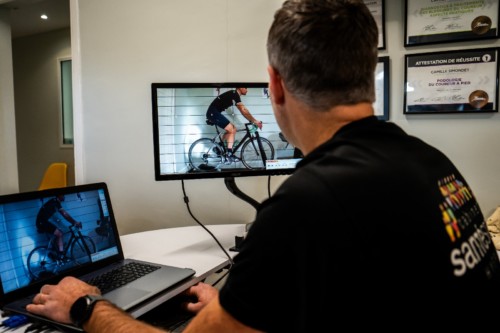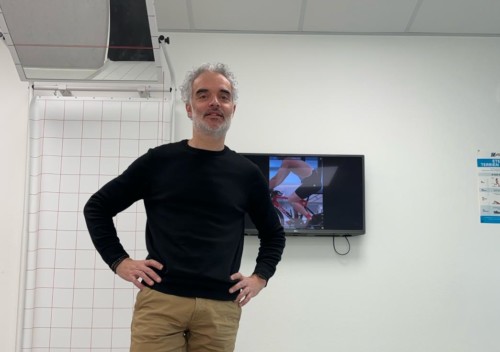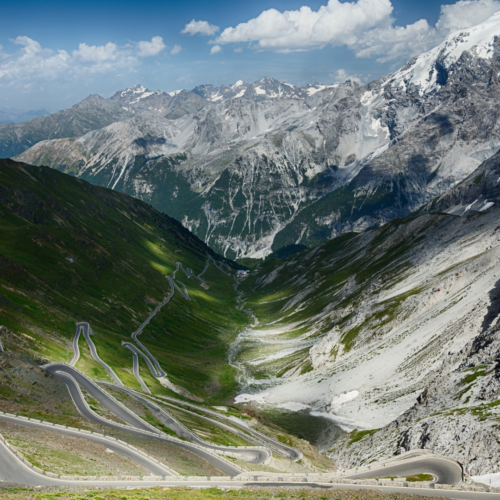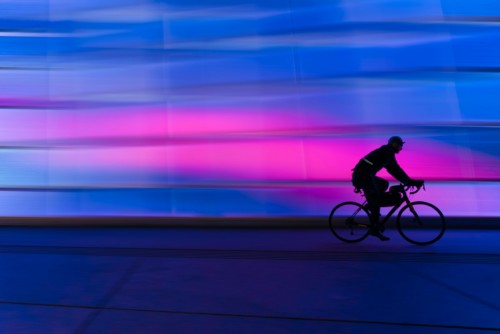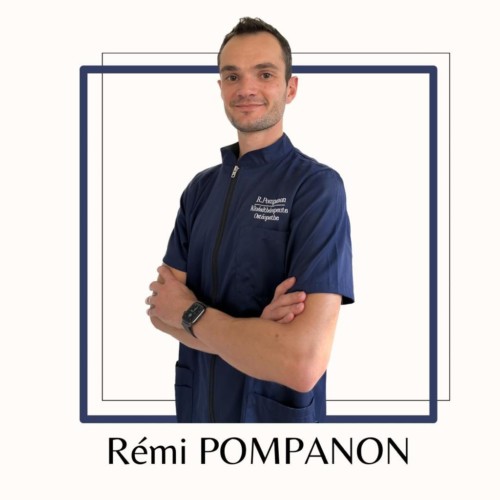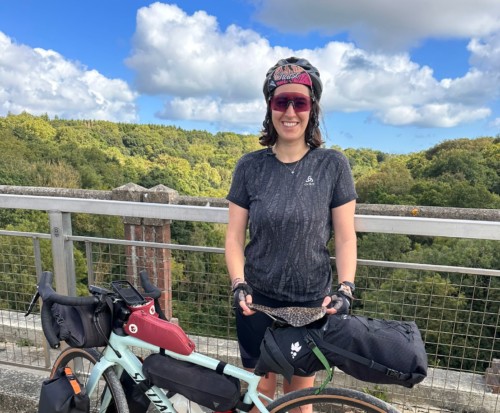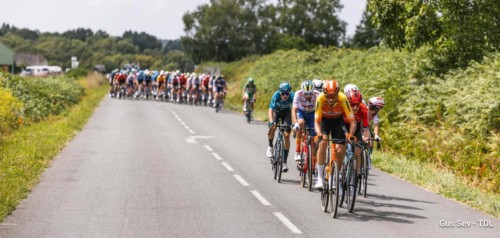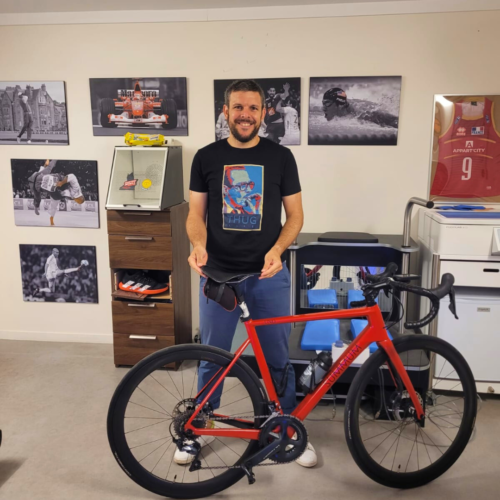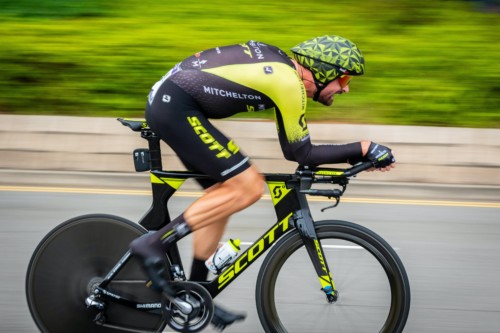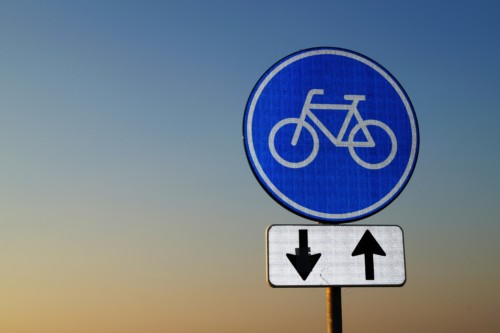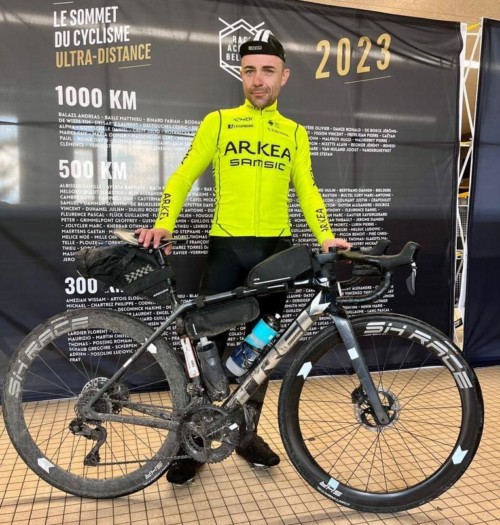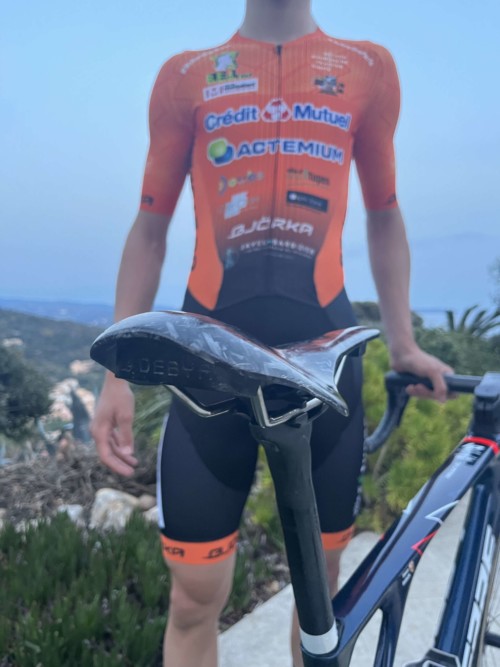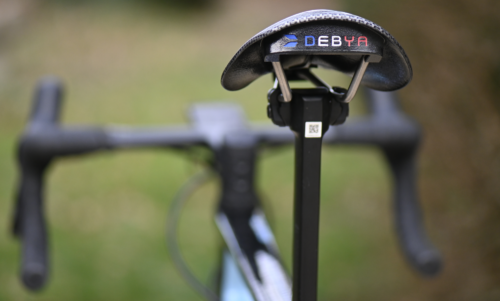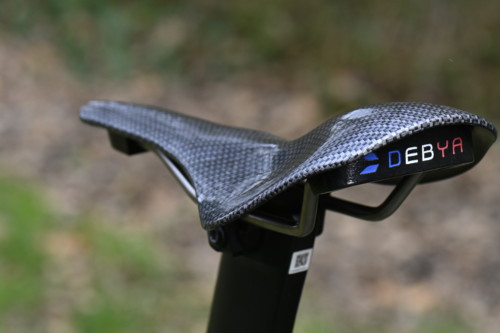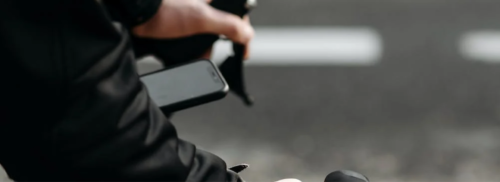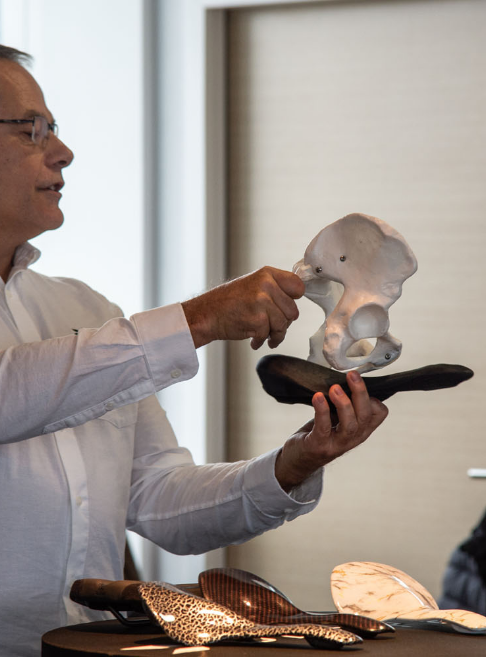
The DEBYA saddle through the eyes of the physiotherapist
written
April 8
Reading
20 minutes
First, my thoughts as a physical therapist on an individualized saddle focus on three aspects:
- the biomechanics and efficiency of a technical gesture,
- physiology, effects on the functioning of the human body ,
- stability, comfort when supporting, especially over time.
Any technological advance in the world of sports must certainly prove a gain in performance, but must also meet criteria of comfort, durability and reliability (the gain obtained must be certain, systematic).
1) Biomechanically: a rigid saddle will have a better precision concerning the support surfaces than a foam saddle. After an hour in the saddle, one can imagine that the elasticity of the foam will be totally consumed, impacted by the weight of the body, the suspension effect is then "compressed". The compression zones are unevenly distributed with respect to the structure under the saddle.
An individualized rigid saddle should distribute the pressure evenly between the bones: coccyx, ischial tuberosities and pubic branches. It is known, for example, that a history of traumatic falls makes compression of the coccyx particularly painful.
The practice of physiotherapy confirms me in the idea that everyone knows how to find an antalgic, personal position, as long as this position is not unstable or too exhausting. A team trained in impression taking should make it possible to meet this demand.
On a pure performance aspect, I am interested in an analysis of the gains in force transmission produced by stabilization of the pelvis. More technically, a model of the arthrokinetic work of the coxo-femoral and sacroiliac joints seems promising. Finally, in other words, during pedaling, it is easy to imagine that a form of guidance/stabilization on the bones (particularly the ischial tuberosities) can improve the muscular work around the hip and towards the lumbar vertebrae.
I wonder about the possibility of the material chosen by DEBYA to have a relative elasticity to restore light deformation forces. The saddle would thus give the cyclist a bonus spring effect. This effect must be discreet so as not to be destabilizing, in this case, it could be crucial in competition.
Mechanically, the deforming movements of the saddle and the foam for conventional products are always the result of a waste of muscle energy. Currently there is a consensus that the absorption of the thrust of each hemi-base in the saddle is not returned to the pedal.
The reduction of deformations and friction could attenuate the increase in temperature in the perineal region. Some colleagues and perhaps soon researchers suspect a link between the production of local heat by friction and the probability of triggering lip cancer in women in particular. In any case, it is consistent to think that the heat and the local blood flow would increase the metabolic activity in a considerable way in the area, especially in professionals, men and women.
2) Physiologically, it is a question of soft tissues: muscles, fascias, nerves, blood vessels and the central fibrous core. In physiotherapy, the treatment of the perineum is quite central. When it is not damaged, the prevention of excessive pressure on this region is an imperative.
Alcook's syndrome, induced by compression of the pudendal nerve, is the main complaint concerning the perineum. This syndrome leads to pain, numbness and even sphincter disorders and in men to erectile dysfunction.
Nowadays we know that vascular compression is as much to blame as nerve compression. The lack of blood supply to the entire region will rapidly impair the function of the nerve. When the blood supply decreases, the nerve no longer functions as soon as it is restricted in oxygen, unlike the rest of the body, it cannot function in oxygen "debt".
Meta-analyses (the highest level of scientific validation) have shown that conventional stools with a longer nose most restricted blood flow to the perineum. It can be assumed that a standard long nose also compresses the genitofemoral nerve by pushing against the pubic ramus at the front of the perineum. The numb skin territory is thus greatly increased. Saddles without a nose certainly do not have this defect of vascular compression but they do not offer a sufficient contact surface: they are considered too unstable.
The hollowed out center saddle is for me the archetype of the false good idea. If you put a hole under the perineum, no more compression, no more problem. It is the opposite, the ischial tuberosities which form the lateral supports of the perineum will recover all this pressure. To give a comparison, try to do a plank with yourelbows only, without resting your forearms on the ground... it is aguaranteedpain inrelation to the bone on theelbow.
Finally, a structure that must be taken care of is the central fibrous core. It is a free muscular anchoring structure in the middle of the perineum, almost subcutaneous, located between the anus and the vagina/testicles. On a hollowed out saddle this core will be stretched by all the muscles of the perineum that fit on it. In case of weakness the perineum will suffer from this stretching. The flexion of the trunk (especially in the chrono position) and the respiratory effort contribute to increase this stretching. This nucleus is very richly vascularized and innervated, which indicates the importance of regulating the pressure on this structure.
Those who think that the muscular tensions of the small muscles of the perineum have no impact on the fibrous core: after several deliveries, the mother sees her fibrous core flatten as a result of the muscular tensions so as to double its surface compared to a nulliparous woman.
The challenge of a saddle with impression is to find a compromise. On the one hand, we have the conventional long-nosed saddle that directly compresses all the vessels and nerves of the perineum. On the other hand, the hollow saddle stretches the perineum with the fibrous core in
This is a major pressure on the bone supports (ischial tuberosities). Maintaining the perineum and moderate bone supports should guarantee sufficient and, above all, constant blood flow. The official recommendations are to take off the pelvis while the numbness passes. This is a problem for professionals who do time trials and have to straighten up to lift the pelvis, which breaks their aerodynamics. Amateurs also feel limited in the length of their ride because the amount of time without discomfort decreases with each episode of stool lifting.
3) Comfort: instinctively, a hard saddle can seem very uncomfortable. However, my experience as a physiotherapist points to what my patients with lower limb amputations tell me. When they have a foot/leg prosthesis of
In the "series", soft materials act as a buffer to limit overpressure. There is always at least one silicone sock between the stump and the bottom of the prosthesis. Since they usually have a running time of less than 20-30 minutes, this is sufficient. Here the sock is the equivalent of the foam for a conventional saddle. In the case of sports amputees with a custom-molded prosthesis with a high-end stump, the support is more direct and hard to ensure an even distribution of stress. Due to their general health, these patients walk faster, longer and are more heavily loaded on their stump. However, this population has fewer stump injuries/pain and, above all, a feeling of normality/fluidity when the ankle is articulated.
Obviously, we expect the custom saddle to be the equivalent of this high-end custom prosthesis. For that, here are my specifications:
- Saddle rigidity without major pressure areas to provide stability and comfort. This must be guaranteed by taking an impression under clinical conditions.
- Low flexibility to give a secondary spring effect.
- A perineum maintained without excessive vascular compression to stop Alcook's syndrome.
- A sense of ownership of the object as an extension of the body's movement.
There are already promising signs, such as an individual relationship with the customer: personalization, adaptation of the time or route position...
The rigor in the standardization of the process with a patented technique and an impression taken only with health professionals or sports partners.
Benjamin Porcher Physiotherapist.
Our other news
